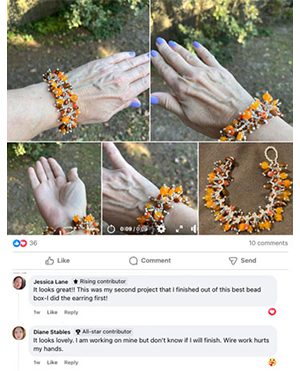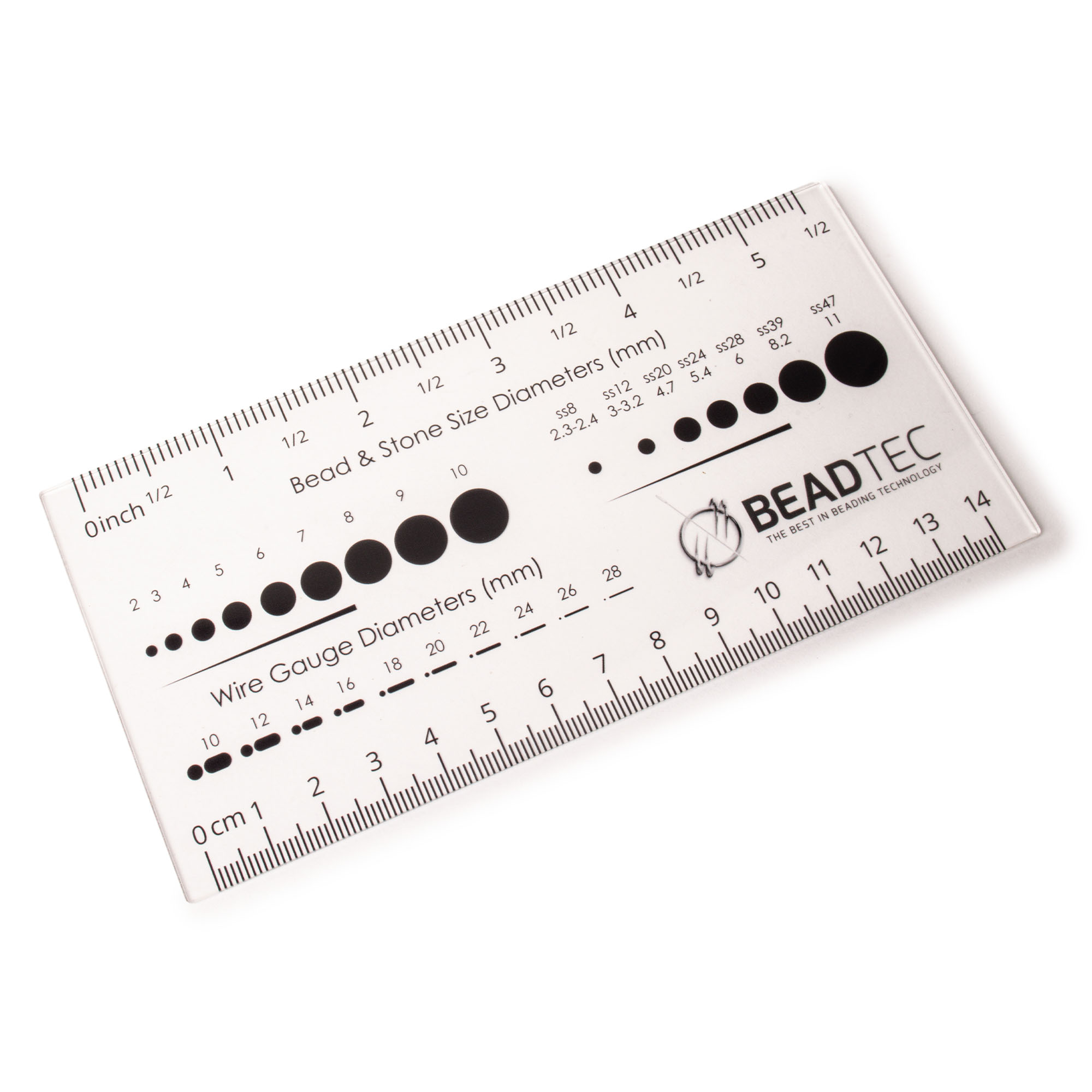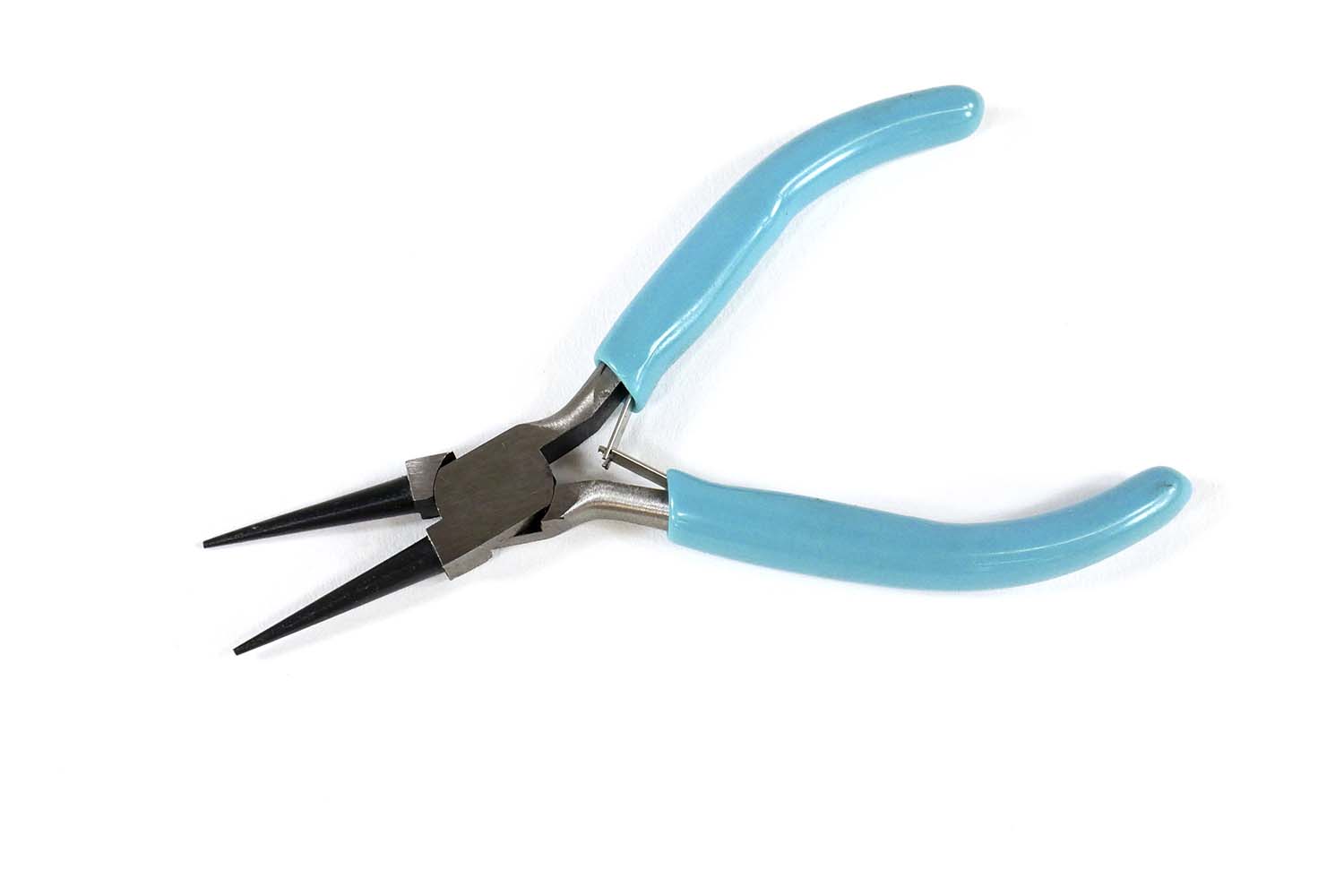- Jewelry-Making Supplies ▾
Design Jewelry with Confidence!
Seed Beads
Thread, Wire, & Stringing Materials
Athenacast Findings & Components
Everything Else
- Kits & Collections ▾
Assemble Your World
Kits & Collections
- Subscriptions ▾
Want monthly Beading Happiness?
Subscriptions
- Learn to Make ▾
Want to learn more?
- Discounts & Deals ▾
Explore Today's Promotions!
- Jewelry-Making Supplies
- Kits & Collections
- Subscriptions
- Learn to Make
- Discounts & Deals
-
Seed Beads
Thread, Wire, & Stringing Materials
Findings & Components
Everything Else
-
Kits & Collections
-
Subscriptions
- Home
- How to Make Jewelry
- Better Beader Episodes
- Jewelry Making Pliers Explained
Jewelry Making Pliers Explained

Watch the Video Tutorial
Watch the Video Tutorial
Need Any Extra Materials?
Need Any Extra Materials?
Need Any Extra Materials?
Need Any Extra Materials?
Episode Transcript
Episode Transcript
Introduction
In Better Beader Episode 46, the hosts from Potomac Beads dive into the world of jewelry making pliers, explaining the different types and their uses. Understanding which pliers to use for various techniques can greatly improve your beading experience and help you create stunning, professional-looking jewelry. In this article, we'll break down the key points from the episode and provide a comprehensive guide to choosing and using the right pliers for your projects.
Types of Jewelry Making Pliers
The episode covers several essential pliers for jewelry making, including:
- Chain nose pliers
- Flat nose pliers
- Round nose pliers
- Bent nose pliers
- Nylon jaw pliers
- Crimping pliers
- Flush cutters
Choosing the Right Pliers
When selecting pliers for your beading projects, consider the following factors:
- Comfort: Opt for pliers with ergonomic handles to reduce hand fatigue during extended use.
- Quality: Invest in high-quality pliers made from durable materials to ensure precise performance and longevity.
- Size: Choose pliers that fit comfortably in your hand and are appropriate for the scale of your projects.
Using Pliers Effectively
To get the most out of your jewelry making pliers, keep these tips in mind:
- Grip the pliers closer to the tip for better control and precision.
- Use the right pliers for the job to avoid damaging your materials or creating uneven results.
- Practice proper technique to maintain consistent tension and achieve clean, professional-looking loops and bends.
Caring for Your Pliers
Proper maintenance is key to extending the life of your pliers and ensuring optimal performance. Some care tips include:
- Clean your pliers regularly to remove any debris or residue.
- Store pliers in a dry, protected place to prevent rust and damage.
- Avoid using your pliers on hard, abrasive materials that can dull or scratch the jaws.
Conclusion
By understanding the different types of jewelry making pliers and their specific uses, you'll be well-equipped to tackle a wide range of beading techniques and designs. Remember to choose high-quality, comfortable pliers that suit your needs, and always practice proper technique and care to achieve the best results. Happy beading!
Join Our Growing Community
Join Our Growing Community




Our Testimonials
Our Testimonials
- 55500 (83.7%)
- 4749 (11.4%)
- 3267 (4.1%)
- 231 (0.5%)
- 125 (0.4%)
- Favorite Reviews
- Highest to Lowest
- Newest to Oldest
- All Ratings
- 5 ★ Reviews
- 4 ★ Reviews
- 3 ★ Reviews
- 2 ★ Reviews
- 1 ★ Reviews
Loading...
Only Visible on Admin Mode
Item Description
Designer's Material List
Project Steps
Consider the quality and specific uses for each.
Using Chain Nose Pliers: Utilize for holding wire, making bends, and assisting in wrapping.
Ensure no ridges inside the pliers to avoid wire damage.
Bent Chain Nose Pliers: Preferred for closer work with wire, aiding in more precise manipulation.
Round Nose Pliers for Loops: Essential for creating perfect loops in wire. Use markings on the pliers to ensure uniform loop sizes.
Crimping and Cutting: Learn to use crimping pliers for securing beads and wire cutters for trimming wires accurately.
Exploring Specialty Pliers: Experiment with wire wrapping, bail making pliers, and others to discover their unique benefits in your projects.
Highest Quality
Products
100% Money
Back Guarantee
Fast
Shipping
Best Teaching &
Customer Service
You'll want these emails...
Get Free Projects & Inspiration
Get Free Projects & Inspiration
- Bullet 1
- Bullet 2
- Bullet 3
Copyright © PotomacBeads









